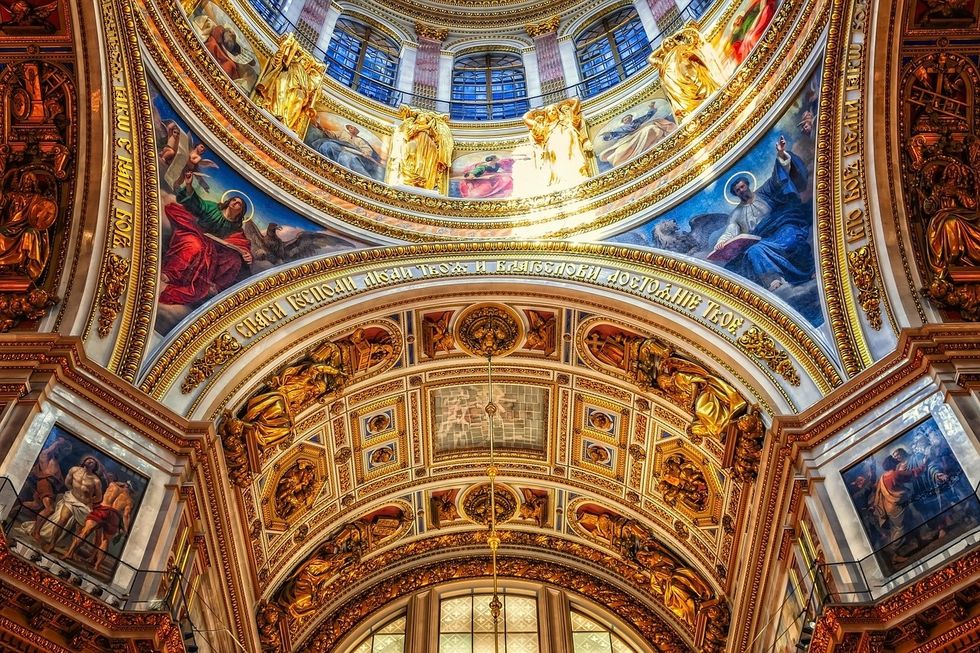I think it's about time we started talking about art. I thought I understood art; then, I studied it.
The arts function as a zone of exchange between the personal knowledge of the artist, and the shared knowledge of his audience; through the incitment of emotion and imagination by a piece, the artist has the ability to provoke consideration of the faults he perceives in a society of culture. The artist's personal knowledge is thus communicated to his audience, wherein social critique is evaluated by the knower's sentiments prompted by the piece, and either rejected or accepted as shared knowledge.
An artist may rely heavily on emotion as a means of provoking consideration of his social critique within an audience. Jaime Carrejo's work, "One - Way Mirror" serves as an excellent example of this phenomenon. The piece itself is interactive, where the knower is invited to walk into a small space divided by a mirror both transparent and reflective. On either side of the divide are projections of a desert landscape, with a sunrise on one side, and a sunset on the other; these projections often change from landscape to sky, and most notably from untouched nature to the landscape with shadows of bars and crosses. When viewing the projections the knower sees the simplicity and naturalness of the desert landscape, invoking a sense of familiarity, or perhaps belonging, at the sight of the most basic space for human existence.
This comfort, however, is quickly juxtaposed with the implementation of bars and crosses across the projection. These shadows are dark in nature, invoking in the knower sentiments of fear, and contrasted against the natural landscape. The comfort incited in the reader by this landscape is therefore interrupted by the new, out of place focus; the viewer is in this instance confronted by emotions of uncertainty and isolation, where the separation between either side of the divider becomes apparent. It is from these two emotions, both provoked by the piece and juxtaposing in nature, that the artist is criticizing the demarcation and its forceful determination of cultural identity.
The knower's immersion into the piece, due to its interactive nature, also invokes in him an element of imagination. The knower is surrounded by upwards-slanting walls, featuring the sunset and sunrise landscape projections, while the space is made smaller by the mirror divider in the center. The artist also employs a white-noise track of wind, rustling, insect, and bird noises, encouraging the knower to imagine himself in the region suggested by the projections. The knower's form is also reflected back to him by the mirror, while he is also subject to viewing the projection opposite him. The division in the center of the piece serves as the point of collision between the sunrise and sunset projections, whilst maintaining the separating shadows. This divide incites the consideration of cultural identity. He is stripped of that identity, questioning its uncertainty and condescension, and how the individual on either side of the divide is separated through politically imposed identity while existing in the space where the two come together.
Considering the historical context of the piece and the artist's Mexican background, there is most likely critique on the implementation of the border wall between the United States and Mexico, and how the demarcation raises unnecessary or isolating questions of the role in which space - being on either side of the fence - and country determine the individual's identity.
It can be argued that this zone of exchange between the artist's perspective and the shared knowledge between him and his audience through the arts cannot provide evidence within history as to the social critique of a culture or society; the reception of the piece by an audience through emotion and imagination is ambiguous, considering the influence of the individuals' experiences, faith, and culture. However, the senses incited by the author's work are universal, as are emotions of comfort and isolation, and the intent of the artist in provoking his audience's imagination is clear; whether or not each individual viewing the piece is in accordance with the artist's critique, his personal knowledge is still communicated effectively, and the audience is made aware of it. The arts, therefore, continue to act as a vehicle for social critique, regardless of its acceptance or rejection by the individuals experiencing the piece.
The Arts are an efficient venue for social critique, as they provide the artist the ability to incite emotion and imagination within his audience to exchange his personal knowledge of the faults he perceives in society.






















